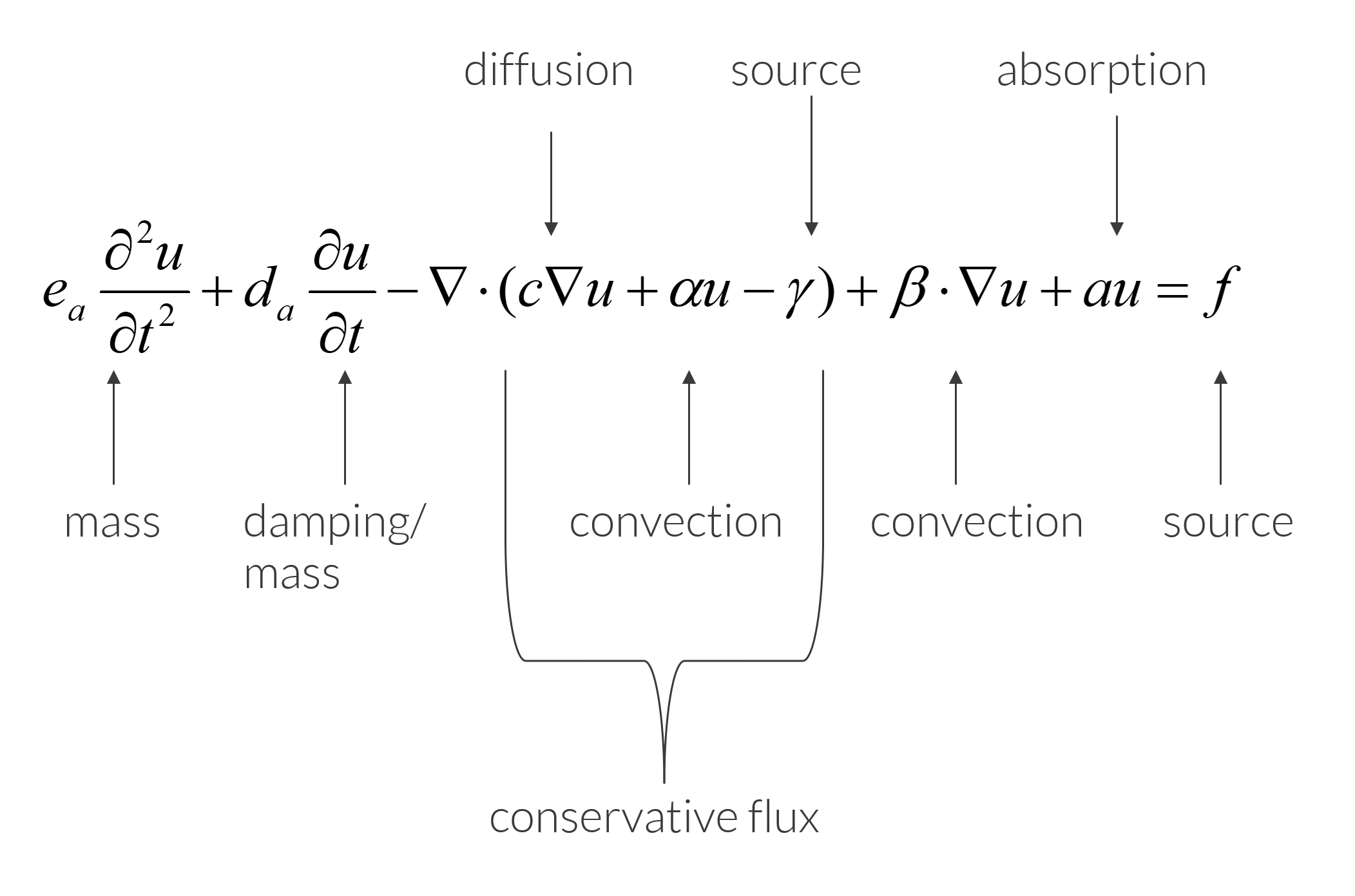Understanding Non Performing Loans: Definition, Causes, and Consequences
Guide or Summary:What are Non Performing Loans?Causes of Non Performing LoansConsequences of Non Performing LoansManaging Non Performing LoansNon performing……
Guide or Summary:
- What are Non Performing Loans?
- Causes of Non Performing Loans
- Consequences of Non Performing Loans
- Managing Non Performing Loans
Non performing loans (NPLs) are a critical aspect of the financial world, representing a significant risk factor for both lenders and borrowers. These loans are defined as those that are overdue for more than 90 days, or those that have defaulted on their repayment obligations. The presence of NPLs can have severe financial repercussions, impacting the overall health of the banking sector and the economy at large.
What are Non Performing Loans?
Non performing loans are a subset of loans that are classified as such due to various reasons, including the borrower's inability to make payments as per the agreed terms. Unlike performing loans, where the borrower consistently meets their repayment obligations, NPLs require more scrutiny and intervention from lenders to recover the outstanding amount.

Causes of Non Performing Loans
The causes of non performing loans can be broadly categorized into external and internal factors. External factors include economic downturns, changes in interest rates, and shifts in market conditions. These factors can impact the borrower's ability to repay the loan, leading to default.
Internal factors include inadequate due diligence by the lender, insufficient collateral, and poor loan underwriting practices. In some cases, borrowers may also intentionally default on their loans due to various personal or financial reasons.
Consequences of Non Performing Loans
The consequences of non performing loans can be far-reaching and multifaceted. For lenders, NPLs can lead to a loss of capital, reduced profitability, and a decline in investor confidence. They may also face regulatory penalties and increased scrutiny from financial authorities.

For borrowers, defaulting on a loan can have severe financial consequences, including damage to credit scores, increased interest rates, and foreclosure of assets. In some cases, borrowers may also face legal action and other penalties for failing to repay their loans.
Managing Non Performing Loans
Managing non performing loans requires a strategic approach, involving a combination of proactive measures and risk management practices. Lenders can adopt various strategies to recover outstanding amounts, including debt restructuring, loan workouts, and legal action. They can also use advanced analytics and risk assessment tools to identify and mitigate potential risks associated with NPLs.
In conclusion, non performing loans are a critical issue that requires careful management and attention from both lenders and borrowers. By understanding the causes, consequences, and strategies for managing NPLs, stakeholders can mitigate risks and ensure the stability and growth of the financial sector.
